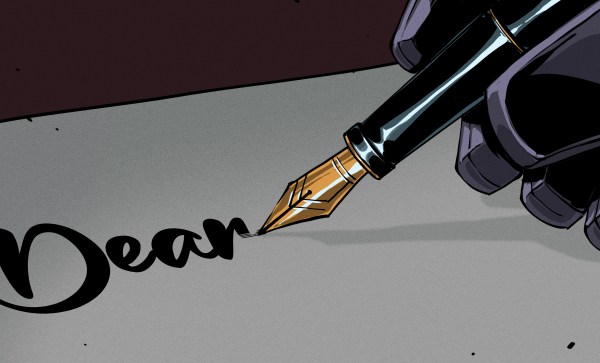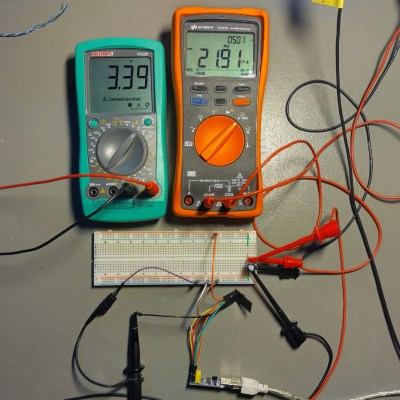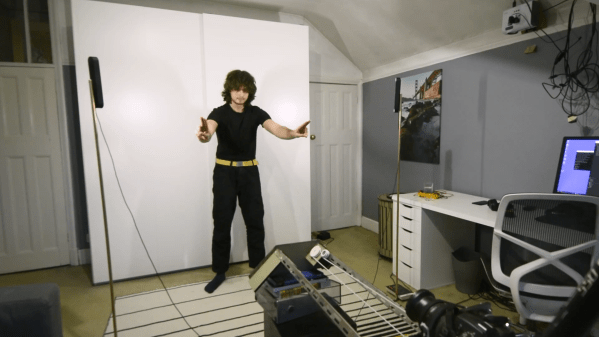When we last left this broadening subject of handwriting, cursive, and moveable type, I was threatening to sing the praises of speech-to-text programs. To me, these seem like the summit of getting thoughts committed to what passes for paper these days.
A common thread in humanity’s tapestry is that we all walk around with so much going on in our heads, and no real chance to get it out stream-of-consciousness style without missing a word — until we start talking to each other. I don’t care what your English teacher told you — talking turns to writing quite easily; all it takes is a willingness to follow enough of the rules, and to record it all in a readable fashion.
But, alas! That suggests that linear thinking is not only possible, but that it’s easy and everyone else is already doing it. While that’s (usually) not true, simply thinking out loud can get you pretty far down the road in a lot of mental vehicles. You just have to record it all somehow. And if your end goal is to have the words typed out, why not skip the the voice recorder and go the speech-to-text route?







 The metal pads in question seem to be far too thin and structurally unsound, as one can readily spot, their cross-section is dwarfed by the cross-section of cables soldered to them. This would create a segment of increased resistance and heat loss, exacerbated by any flexing of the thick and unwieldy cabling. Due to the metal being so thin, the stress points seem quite flimsy, as one of the metal pads straight up broke off during disassembly of the connector.
The metal pads in question seem to be far too thin and structurally unsound, as one can readily spot, their cross-section is dwarfed by the cross-section of cables soldered to them. This would create a segment of increased resistance and heat loss, exacerbated by any flexing of the thick and unwieldy cabling. Due to the metal being so thin, the stress points seem quite flimsy, as one of the metal pads straight up broke off during disassembly of the connector.










